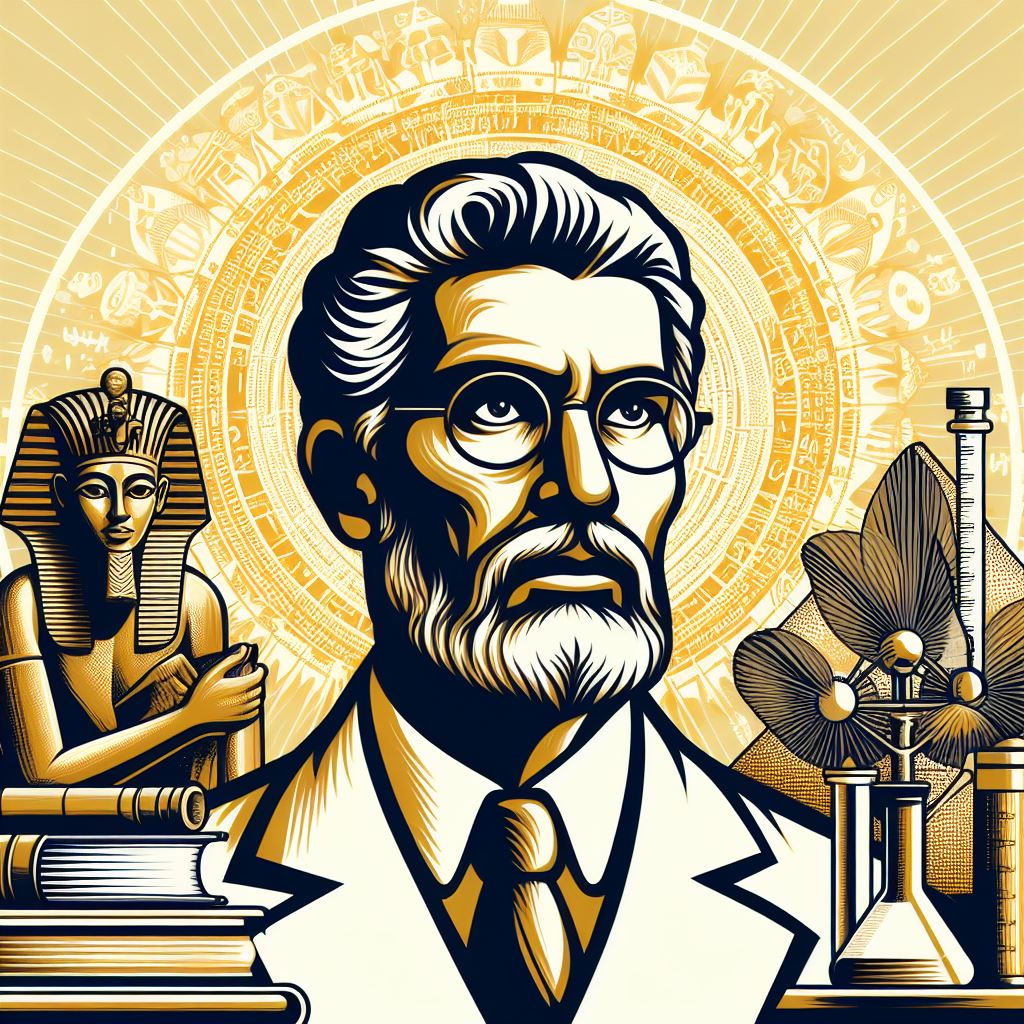When I explore the enigmatic world of Egyptian mythology, I find Anubis, a figure shrouded not in mystery but in reverence. Known as the god with the head of a jackal or a wild dog, Anubis doesn’t just lurk in the shadows; he stands at the forefront of ancient funerary practices with a role far deeper than his initial eerie appearance suggests.
As the protector of graves, Anubis is the reassuring presence for the souls journeying into the afterlife. If you imagined him simply as a guard, think again. His responsibilities also include overseeing the mummification process, ensuring the body’s preservation for the soul’s eternal life. A key part of my discussion will be how his guidance and vigilance were seen as crucial for a successful transition beyond the mortal realm.
In art and hieroglyphs, Anubis is consistently represented with the body of a man and the distinctive head of a canine. This unique portrayal was more than just an artistic choice. It symbolized his ability to navigate between the world of the living and the dead, a guide who understood the duality of existence. I’ll take a closer look at these depictions to better understand how Egyptians visualized this powerful deity.
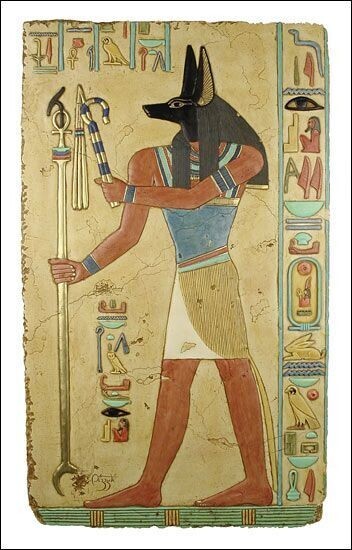
To appreciate Anubis’s place in the pantheon, I need to delve into his mythological roots. Origin stories differ, but what remains constant is his association with afterlife rituals. As I unpack his role, I’ll also explore his dynamic relationships with other gods and goddesses, painting a fuller picture of his place in ancient Egyptian theology and society.
Grasping Anubis’s signficance sets the stage for a deeper appreciation of the mummification practice where he took center stage. Prepared bodies were his canvas, and the afterlife was his domain. In the next section, I’ll guide you through the meticulous process under Anubis’s watchful eye, showcasing just how pivotal his role was from beginning to end.
Presiding Over Mummification: Anubis’ Central Role
I want to focus on one of the most significant aspects of Anubis’ duties: his watchful oversight of the mummification process. This was not a mere ritualistic performance but a crucial series of steps that Egyptians believed would lead to a successful afterlife. Anubis was considered the supreme embalmer, and his involvement was symbolic of a divine guarantee that the mummification was carried out with utmost precision.
Moreover, the mummification process was laden with rituals invoking Anubis for his blessings. Priests often wore masks of Anubis while performing mummifications to channel his guidance and authority. Anubis’ essence was believed to be present throughout the procedure, from the initial washing of the body to the final wrapping of linen bandages.
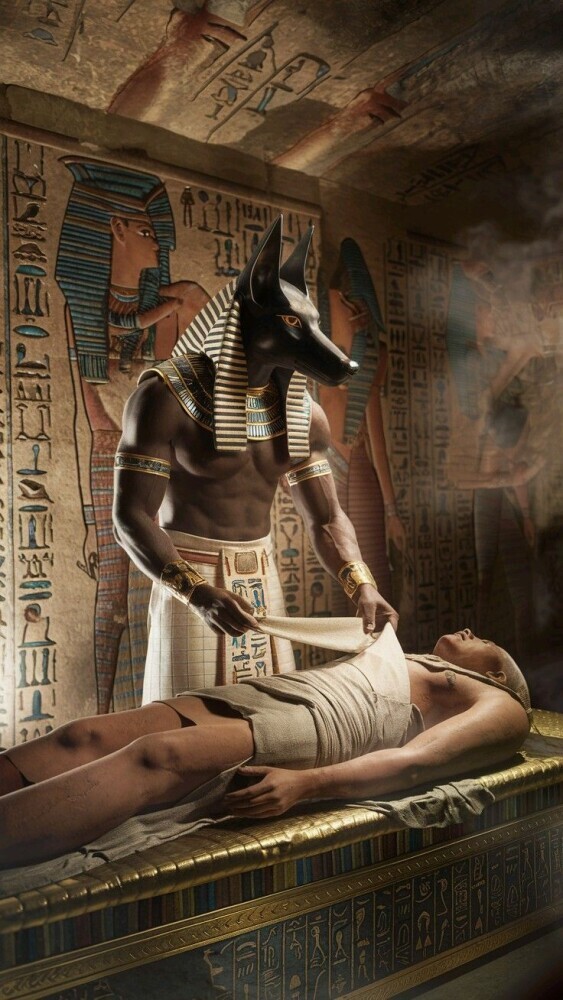
One ritual that stands out for its importance is the “Opening of the Mouth” ceremony. Performed on both the mummified body and the tomb statues, it was believed to restore the deceased’s ability to breathe, see, eat, and move in the afterlife. Through these acts, priests ensured that the dead could interact with the world of the living, accept offerings, and fully enter the world beyond.
Let’s not forget the assortment of symbolic artifacts associated with Anubis that were placed in tombs. Amulets shaped like the god or his cultic animal, the jackal, were common. These artifacts served as protective talismans, warding off evil and guiding the deceased on their perilous journey to the afterlife.
When we consider the reverence and fear of the unknown that death evokes, we can appreciate the comfort and structure that Anubis’ presence offered. His central role in mummification reflects the meticulous care Ancient Egyptians took to prepare for the journey of the soul, a process meant to bridge the mortal realm with the eternal.
The Weighing of the Heart: Anubis in the Afterlife
Anubis is not merely a passive overseer; his responsibilities extend beyond the physical preparation of the body. In the expansive realm of Egyptian mythology, he plays a defining role in the ‘Weighing of the Heart’ ceremony. This ritual was essential for the Ancient Egyptians, as it determined the fate of the deceased’s soul in the afterlife.
The ceremony of judgment placed the heart of the deceased on one side of a scale, with the feather of Ma’at, representing truth and justice, on the other. Anubis meticulously manned this symbolic scale, ensuring the accuracy of the outcome. His role was crucial, for if the heart was found heavier than the feather, the soul would be devoured by Ammit, the devourer of the dead. Anubis, therefore, became a symbol of impartiality and the ethics that governed the afterlife.
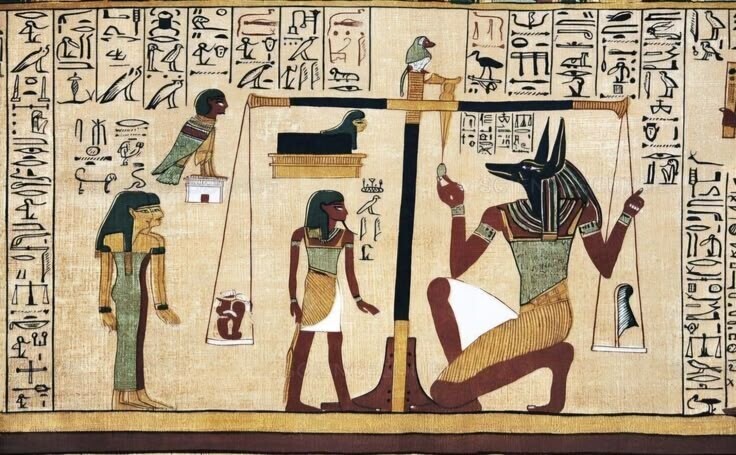
For those who lived in Ancient Egypt, Anubis was more than a mythological figure; he was a part of the life-to-death continuum. His presence in the funerary practices personalized the experience of death, offering an intimate connection with the divine. The anticipation of his judgment may have encouraged ethical living, hoping that Anubis would find their hearts as light as the feather of Ma’at.
This reverence for Anubis also provided psychological comfort to the living. By placing their loved ones in the care of this just god, Egyptians could find solace in believing that the deceased had a guide on their voyage through the underworld. Even now, we continue to uncover aspects of Anubis’ role in ancient texts and tomb inscriptions, revealing a deity deeply woven into the fabric of Egyptian spiritual life.
Anubis’ Enduring Legacy in Modern Culture and Archaeology
The figure of Anubis, with his distinctive jackal head, isn’t just a relic of the past. He remains a powerful symbol that captures our imagination today. Fans of mythology will recognize his visage in movies, video games, and literature, where he often embodies the ancient mysteries of death and the afterlife. His impact reaches into various aspects of modern life, intriguing both scholars and pop culture enthusiasts alike.
Archaeological digs continue to uncover new insights about the role of Anubis in Egyptian society. Statues, carvings, and tomb paintings provide a richer understanding of how deeply intertwined the god was with both everyday life and the Egyptian conception of death. Each new discovery adds to our appreciation of how Anubis helped the Ancient Egyptians navigate the most profound questions of their existence.
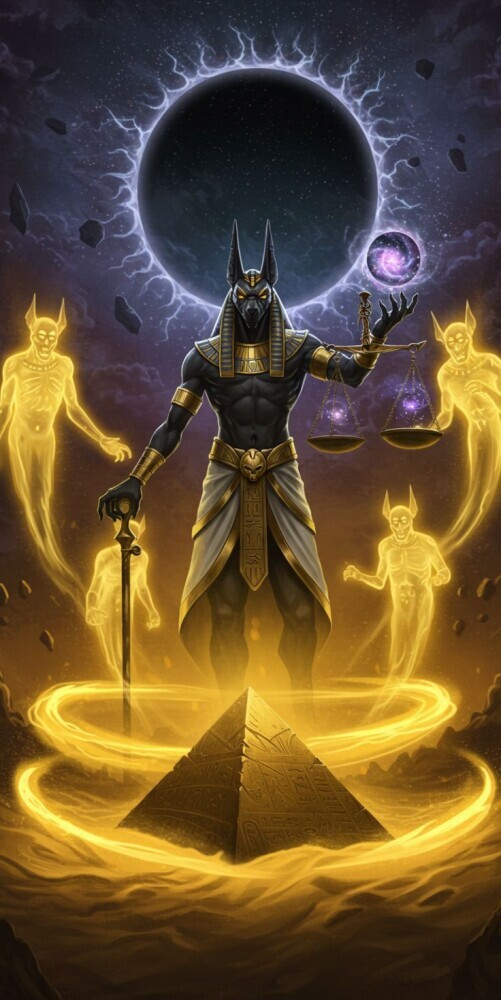
Even beyond academia and entertainment, Anubis has a footprint. Artistic representations can be found in modern jewelry, fashion, and design, highlighting a continued fascination with this ancient guardian. His presence in these domains reminds us that the enigmatic charm of Egypt’s deities retains a timeless appeal.
Reflecting on Anubis’ role sheds light on how the Egyptians found solace in their beliefs, and it prompts us to consider our own cultural attitudes toward death and the hereafter. By exploring Anubis’ lasting influence, we better understand the rich tapestry of funerary customs and afterlife beliefs that have shaped human civilization across millennia.
